Cloud Security Incident Handling: 6 Best Practices
Effectively managing Cloud Security Incident Handling environments is crucial for safeguarding sensitive data. Discover the top 6 best practices for incident handling, including proactive monitoring, incident response planning, containment, investigation, remediation, and continuous improvement. Strengthen your cloud security with these essential strategies in this article by Doshared.com
Cloud Security Incident Handling
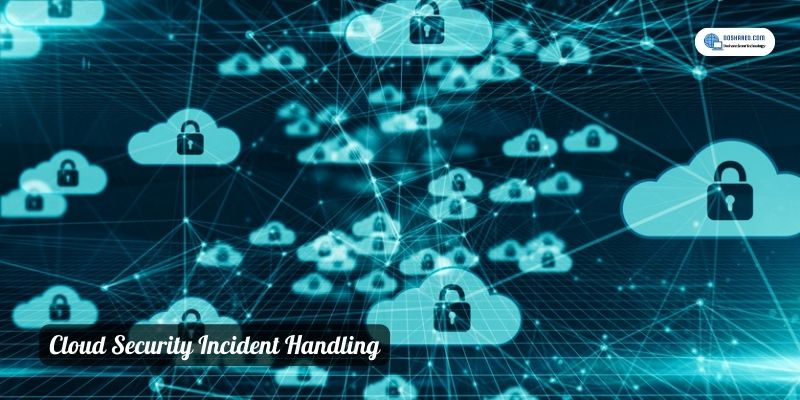
The practice of efficiently responding to and managing security issues that take place within cloud computing environments is referred to as “cloud security incident handling.” Strong incident handling protocols must be in place for enterprises to detect, contain, investigate, and recover from security breaches or incidents as they depend more and more on cloud services to store and process their data.
Cloud Security Incident Handling: 6 Best Practices
Despite the obvious benefits, incident response in the cloud does have its own difficulties and particular needs. To prevent your issues from becoming crises, use the following cloud incident response best practices:
Establish a procedure before an issue occurs.
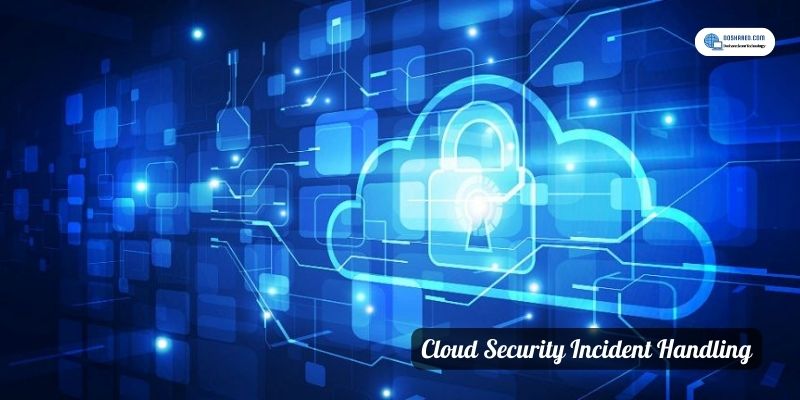
You won’t be able to foresee every incident or circumstance that you’ll have to handle. But it’s critical to plan ahead.
Create playbooks of standardized incident response techniques. A process for incident response management aids you in:
- Faster incident resolution
- Boost dialogue between internal and external parties.
- Cut back on revenue losses.
- Encourage ongoing learning and development.
Outline communication scripts your team may use to inform customers and stakeholders of important disruptions. Make sure team members have access to the training manuals and that your processes are routinely updated (automate when possible).
With a recovery strategy in place, you can respond to incidents with confidence and speed, lowering the possibility of expensive misunderstandings and confusion.
Determine the effects and rank the risks.
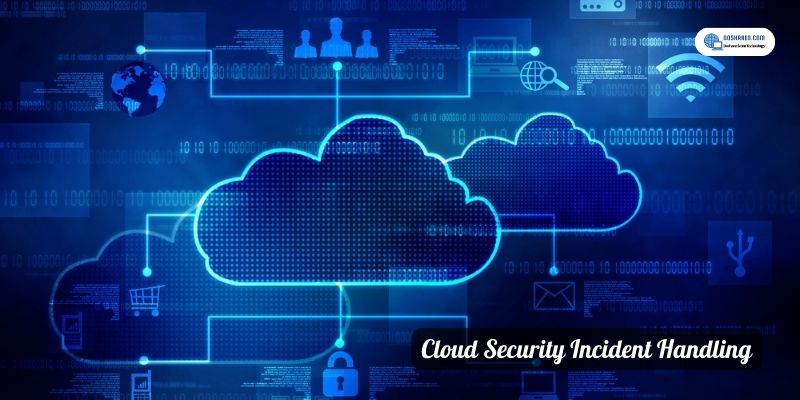
You must be able to act quickly when an issue is detected. What’s the issue? What danger does it bring? Which dangers should be addressed first? Who is affected by it?
To minimize risks and minimize company disruption, you’ll need to provide answers to these questions as fast and under pressure as you can.
Use important monitoring systems, escalation, and diagnosis procedures, as well as impact assessment and risk prioritization, to decide how to respond. As well as setting expectations for duty, ensure that there are open lines of communication among team members.
Before an incident happens, establish your priorities and severity levels so that incident management can swiftly analyze the situation and establish priorities. Prioritize all upcoming situations in order of severity.
A Pro Tip: When in doubt, take the extra precaution of raising the incident’s priority.
Purchase quality equipment.
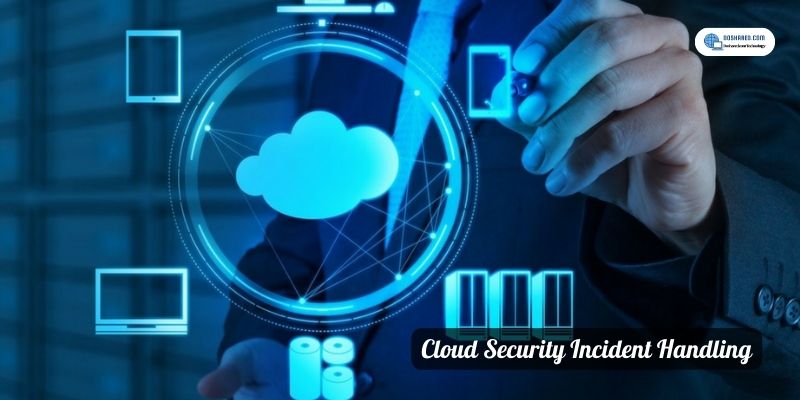
With many moving pieces to watch and keep an eye on, cloud architecture is frequently vast and complex. To support your cloud incident response operations, it’s crucial to make the appropriate incident management tool investments.
Lucidscale: Visualize your cloud architecture, keep an eye on events, and track how you’re responding with up-to-date, quick network visibility.
Splunk: Utilize data insights to handle events before they have an impact on your customers with real-time monitoring and visibility of your surroundings.
Confluence: Utilize tools like meeting notes, templates, and document sharing to collaborate from a single shared workspace to enhance responsibility, define roles, and improve communication.
IBM QRadar: To swiftly recognize, evaluate, and react to potential threats and expedite the investigation process, access thorough insights and analytics into your cloud environment.
Demisto: Streamline collaboration across silos, link different tools and technologies, and automate security operations to streamline security orchestration.
Anywhere you can, automate. Any boring, repetitive jobs that consume significant time and attention fall into this category. Utilize automation to free incident management from extraneous distractions and to assist everyone in concentrating on the urgent duties at hand.
Make use of diagrams.

Due to team silos or the overwhelming number of occurrences, security incidents frequently go unreported in sophisticated cloud settings where it is challenging to prioritize problems.
To keep everyone informed and stop incidents from being lost, visualize your operations and map your cloud infrastructure.
Outline your incident response procedures using diagrams, indicating the stages that each team or position is in charge of and the channels of communication. To make it simple to comprehend your cloud environment and how components interact, create a map of your cloud architecture. Additionally, it makes it simple to confirm the state of the environment, communicate insights and recommendations with stakeholders, and eliminate silos by bridging the communication gap between distant teams.
Overcommunicate
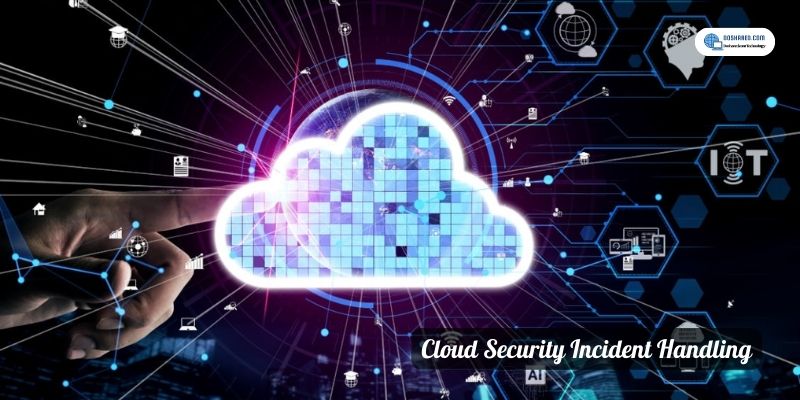
There is never too much communication when it comes to crisis response. To make sure everyone is on the same page, use your incident response playbooks, messaging scripts, and process processes.
- Documentation should be clear. Register and classify each incidence. Typically, each ticket should contain:
- Name of the individual who reported the incident
- Date and time the report was filed
- Description of the incident (what isn’t working)
- A distinctive ID to track the incidence
- Create a status page to track incident updates if you need to communicate with a sizable internal group.
The incident management process has a lot of moving components. The more clearly you can define roles, duties, channels of communication, and required procedures, the easier communication will be and the less likely it will be that something will be missed.
Organize a postmortem.
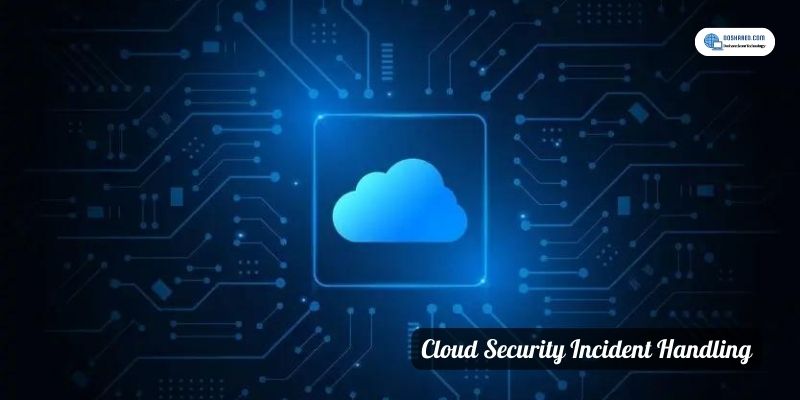
A culture of constant improvement is necessary for cloud incident response. Perform a postmortem following each incident.
In order to comprehend what went wrong after each incident, what efforts were made to remedy it, and what the results were, track and analyze incidents in a single database. You can improve your ability to respond to issues in the future and discover patterns or infrastructure vulnerabilities by tracking and analyzing incident data over time.
Conclusion
In conclusion, Cloud Security Incident Handling encompasses six best practices that are vital for protecting cloud environments. By implementing proactive monitoring, robust incident response plans, effective containment, thorough investigations, timely remediation, and continuous improvement, organizations can enhance their security posture and mitigate risks in the ever-evolving landscape of cloud security. Safeguard your data with these essential practices.
Conclusion: So above is the Cloud Security Incident Handling: 6 Best Practices article. Hopefully with this article you can help you in life, always follow and read our good articles on the website: Doshared.com



